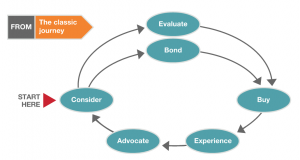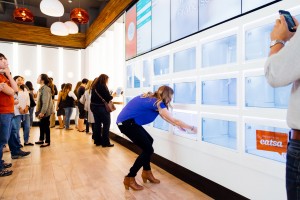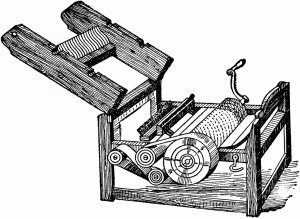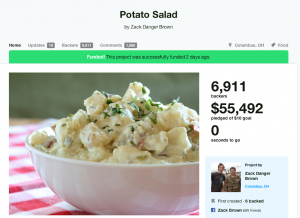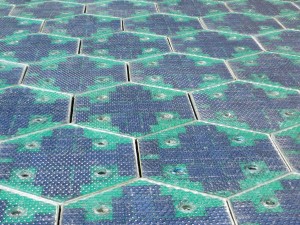In our most recent COMM 101 class we learned about marketing research. There are many reasons why businesses conduct primary research and collect secondary research, but it boils down to this: research improves important decisions. When it comes to marketing, those decisions can have to do with packaging, aesthetics, advertising techniques, and more.
The Consumer Decision Journey; Image Source
These factors will affect the consumer’s decision journey (pictured above). When making a purchase in a certain category the consumer will first consider an initial set of brands, evaluate and narrow down, then finally make a purchase decision. The next steps involve experiencing the product, advocating for it (or not), and bonding with it. Bonding is arguably the most important step, as consumers who bond with a product are more likely to make repeat purchases.
Any change in a product’s marketing could drastically effect any of the steps in a particular consumer’s decision journey. This is why effective, specific research is necessary to know how to market a product in the most effective way possible. Something as simple as a change in color scheme or packaging material could tremendously improve the consumer’s opinion on a product. But without marketing research, there’s no way for a company to know what that simple change could be in their specific case.
